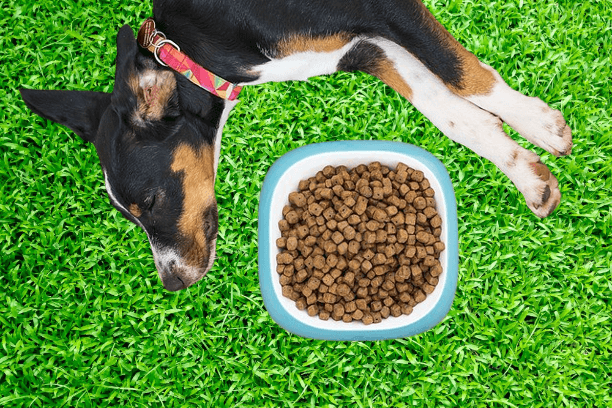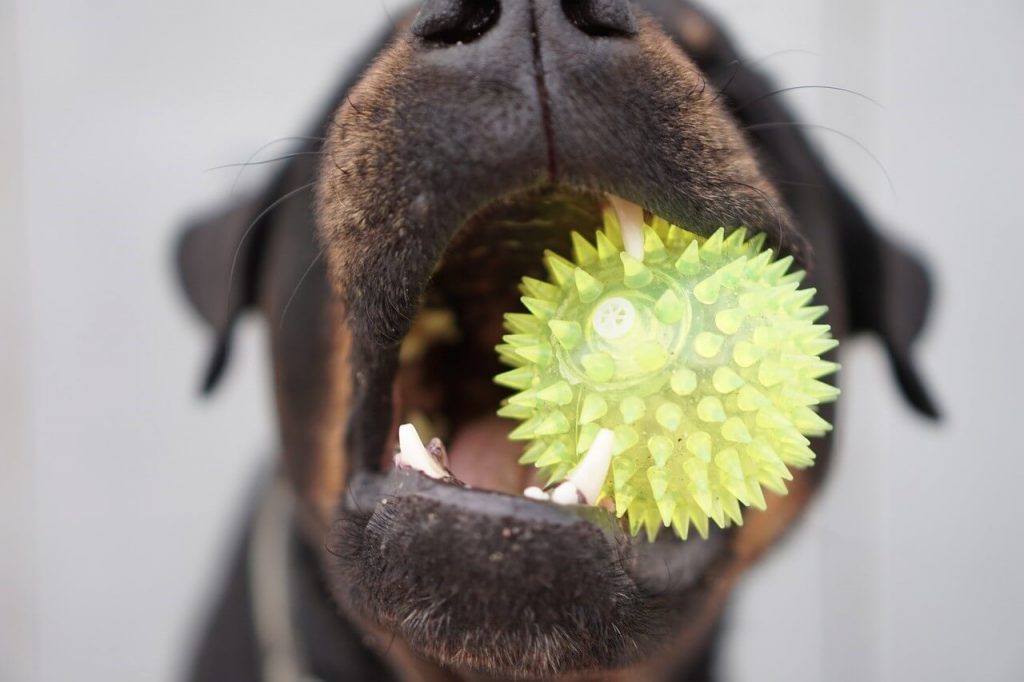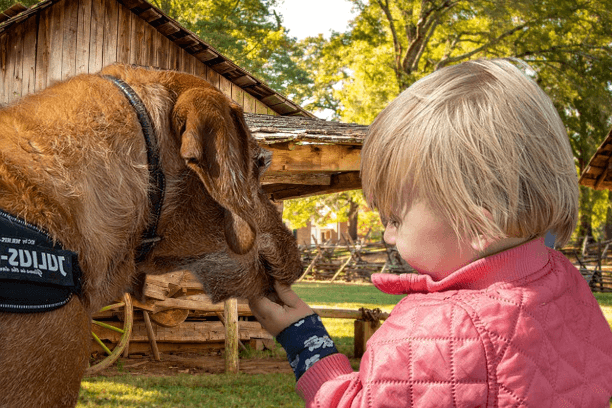Dogs are wonderful companions, and they can bring joy into our lives. But caring for them can be a challenge. How do you properly feed a dog? What kind of food should you give him? And how often should they eat?
Dogs are part of the family, and they deserve to live a happy life. That’s why it’s important to take good care of them. But just because we love our dogs doesn’t mean we always treat them right. There’s a lot of advice out there about what to feed your dog, but most of it is wrong.
This article will give you clear, simple tips on how to take care of a dog. Here are some tips for taking care of a dog.
Some interesting facts about dogs you should know before getting one
Dogs have highly developed sensory abilities, including an incredibly well-endowed sense of smell, far surpassing that of humans.
Dogs use a variety of ways to communicate, including scent information, sounds like whines, whimpers, growls, barks and howls, and body language using their bodies, faces, tails, ears and limbs.
Dogs are athletic – a greyhound can run at speeds comparable to that of a horse.
Dogs are highly sociable – many dogs enjoy the companionship of other dogs, but will also form close relationships with humans, becoming very fond of particular people in their lives
Dogs can learn the names of their toys. For example, Rico, a border collie, learned the names of 200 toys and can reliably fetch the correct toy when asked to.
Our tips on how to take care of a dog
When you first bring your pet home, you need to take him/her to the vet right away.
This is because you don’t want any diseases to develop in your pet.
The vet will check your pet for parasites, vaccinations, and anything else that needs attention.
1. Understand Your Dog’s Personality
Dogs come in all shapes and sizes. Some dogs are very active, while others prefer to stay inside most of the day.
Before getting a dog, it’s important to understand his personality. This will help you decide what kind of lifestyle he needs.
2. Feed Your Dog Right

If you want your dog to live a long life, you need to feed it properly. A balanced diet is important, but carbohydrates should be kept low.
Instead, focus on protein, fats, fiber, vitamins, minerals, and water. You can read more about feeding your dog here.
A healthy diet will benefit both your pet and yourself. Be sure to feed your dog high-quality foods such as meat, fish, eggs, vegetables, and fruits.
These are essential nutrients that help your dog maintain a healthy weight.
3. Exercise Your Dog Regularly
Exercise is crucial to living a healthy lifestyle. For dogs, exercise includes walking, running, swimming, playing fetch, and tugging.
While you shouldn’t let your dog run around the neighborhood unattended, regular walks are beneficial for both you and your dog.
Exercise helps your dog burn calories and build muscle mass. Most dogs don’t need to run around every day.
Instead, they need to walk. Walking allows them to release pent-up energy and burn off excess fat.
Make sure your dog is getting enough exercise. Exercise keeps your dog healthy and happy. A walk around the block once a day is usually sufficient.
However, if your dog loves playing fetch, you should consider buying him/her a tennis ball.
4. Give Your Dog Water
Drinking too much water isn’t good either. Keep your dog hydrated by giving him enough water every day.
If you notice he drinks too much, cut back on his water intake until he stops drinking too much.
Clean water is essential for any living creature. Dogs need clean drinking water daily. Don’t let your dog drink from puddles or streams.
Also, don’t leave your dog unattended in hot weather. He may get overheated and dehydrated.
5. Brush Your Dog’s Teeth Regularly

Brushing your dog’s teeth regularly helps keep their teeth clean. Brushing your dog’s teeth twice a week is ideal.
Don’t brush your dog’s teeth when they are eating, though — wait until after they’ve finished eating. Wait until they finish chewing before brushing their teeth.
6. Vaccinate Your Dog Properly
Vaccinating your dog against diseases such as parvovirus, distemper, rabies, and kennel cough is very important.
It prevents your dog from getting sick from these diseases, which means that he won’t get ill or become aggressive.
Once your dog has been vaccinated, you need to make sure that he gets regular check-ups. A yearly examination is recommended.
During these visits, your veterinarian will examine your dog’s eyes, ears, teeth, gums, and nose. She will also look at his heart rate, blood pressure, breathing, and weight.
7. Avoid Giving Your Dog Too Much Sugar
Sugar is bad for your dog. While a small amount of sugar isn’t harmful, excessive consumption can cause diabetes, obesity, heart problems, tooth decay, and other issues.
Limit your dog’s sugar intake to no more than 10% of its daily caloric intake.
8. Do NOT Let Your Dog Eat Tuna Fish
Tuna fish contains high levels of mercury, which can be toxic to your dog’s liver.
Mercury poisoning causes vomiting, diarrhea, depression, aggression, tremors, seizures, and coma. If you see your dog eating tuna fish, stop it immediately.
9. Keep your dog clean
Cleaning your dog’s fur is essential. Brush your dog’s coat daily, using a soft bristle brush. Use a shampoo designed specifically for pets. Also wash your dog’s face and paws frequently.
How to take care of a dog for kids

Do you have kids? If yes, you must be aware about the fact that they love animals a lot. They enjoy spending their time with dogs and cats. But when it comes to taking care of these pets, they need your guidance.
If you are thinking about getting a pet for your children, here are few things which you should keep in mind.
1. Choose A Suitable Breed For Your Kids
When you are planning to buy a puppy for your child, you need to consider certain factors before doing so. The first thing which you have to look for is the breed of the dog.
The type of dog which your child likes is the most important factor. When buying a puppy, check whether its size matches with your kid’s height. Also ensure that the puppy is healthy enough for your child.
2. Look For A Puppy Which Has a good temperament
Another factor that you need to consider is the temperament of the dog. Before buying a puppy, ask yourself whether you want a dog who loves to play or a dog who loves to sleep.
3. Ask About Vaccinations Of The Dog
A vaccine is very essential for puppies. Make sure that the vaccinations given to the puppy are up to date.
4. Consider The Age Of The Puppy
Puppies grow rapidly during their early years. Hence, you need to buy a puppy whose age is within the recommended range.
5. Be Patient With Your Kid
Sometimes, kids just aren’t ready to learn how to properly take care of their dog. In these cases, you need to be patient with them.
Give Them Time To Learn On Their Own
It takes time for kids to learn how to take proper care of a dog. Sometimes, they need to practice on their own before they can successfully handle their pet.
How to train a dog. Basic training tips for a dog

Do you love dogs, and would like to train one yourself? This post will show you how to train a dog, and teach him to obey commands.
How to Train Your Dog Step 1: Choose the Right Breed
Choosing the right breed for you is important because dogs come in different shapes and sizes, which means they need different training methods.
The first thing you should look for when choosing a breed is whether you prefer a large or a small dog.
Smaller breeds generally take less time to train and tend to be easier to handle.
Larger breeds usually take longer to train and tend to be harder to handle.
If you already have a pet, you should consider what type of personality he has.
A dog who is shy or timid will probably respond better to training than a dog who loves attention.
Step 2: Find The Right Training Method
Once you have decided on the size and temperament of your dog, you will need to decide on the method you plan to use to train him.
There are several different methods out there, including clickers, food rewards, and shock collars (Not a method we agree with).
Clickers are electronic devices that emit sounds and vibrations to encourage your dog to perform certain actions.
They are fairly cheap, and although they don’t work very often, they are effective if used correctly.
Food rewards are similar to clickers, except instead of using sound and vibration, they use treats.
Food rewards work better than clickers if you have a dog who doesn’t like the sound of the clicker.
Shock collars are relatively inexpensive, and are commonly used by professional trainers.
However, they are very loud, and they can hurt your dog if misused.
Step 3: Teach Your New Puppy Basic Commands
Before you begin teaching your puppy basic commands, you will need to get him accustomed to being around other people. This will prevent any potential problems later on.
Begin by getting your puppy used to being around people. Take him to the park, or even outside your home.
Let him sniff everything, and let him see how people interact with each other. When he gets comfortable around people, start teaching him basic commands.
To teach your dog a command, hold his leash firmly, and say the command clearly, and slowly.
For example, “Sit!” Say the command once, wait a few seconds, then repeat it again.
Repeat this process until your puppy understands the command.

